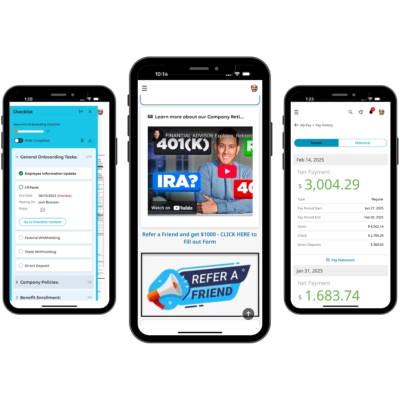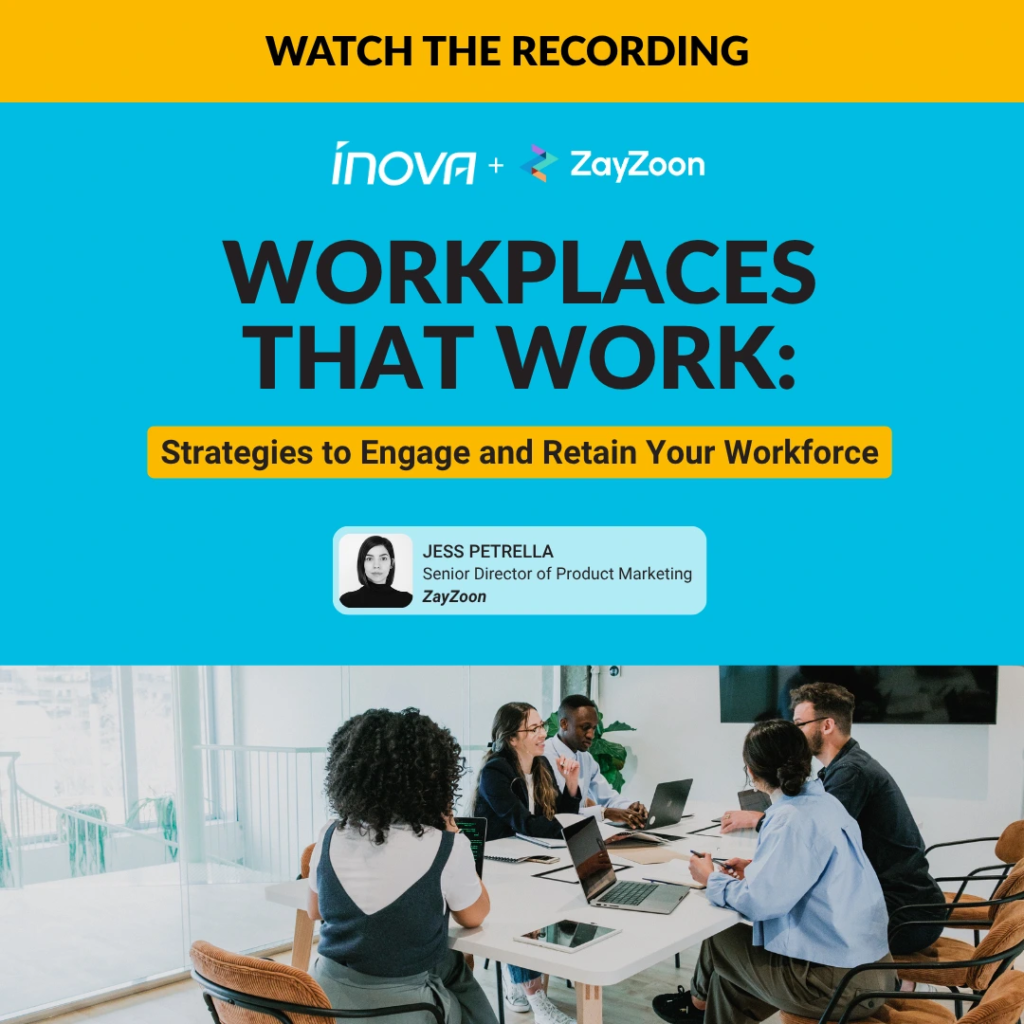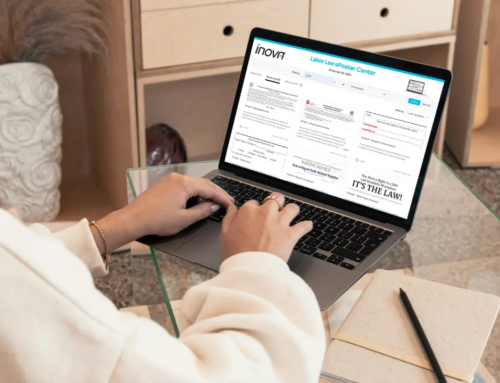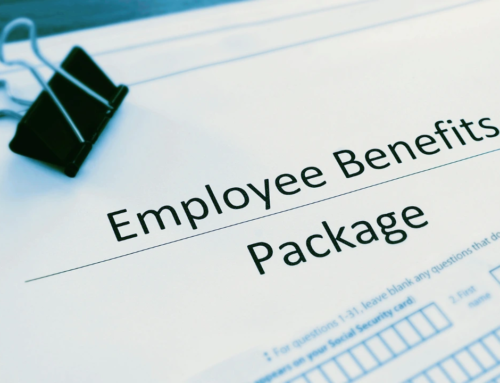Hiring may be slowing across multiple industries, but turnover remains an expensive and persistent issue. For businesses in industries that rely on hourly employees, such as hospitality, landscaping, healthcare, and nonprofits, the question has shifted from how to hire to how to retain.
Hourly employees aren‘t asking for unrealistic perks. They’re looking for stability, support, and straightforward communication. According to SHRM, replacing a single hourly worker can cost upward of $1,500. That figure doesn’t even factor in the lost productivity, additional strain on staff, and hidden costs that come with high turnover.
Hourly employees aren’t asking for more perks. They’re asking for fewer frustrations and a work experience they can count on.
Here are a few ways you can make that happen without increasing your budget.
Give Hourly Employees a Confident Start
For hourly employees, the first few weeks on the job are often when they decide whether to stick around. If the onboarding process feels confusing or disorganized, it’s easy for someone to feel left out or frustrated. A smoother, more thoughtful experience helps people feel welcomed, supported, and part of the team from the start.
Here are a few simple ways to make onboarding more effective:
- Keep essentials within reach: Allow employees to fill out forms, check schedules, and review key policies right from their phones. When everything is easy to access, the first few days feel more manageable.
- Lighten the load on managers and HR: When things like time-off policies and how to find pay stubs are clearly explained, managers spend less time repeating themselves and more time focusing on their teams.
- Start building trust on day one: Quick access to information like PTO balances and pay details shows new hires that their time and questions matter. It helps them feel confident and respected right away.
WHY THIS MATTERS: A strong onboarding experience sets the tone for everything that follows. It helps new hires settle in faster, reduces turnover, and gives managers more time to focus on growing the team instead of troubleshooting preventable issues.

Mobile-friendly tools keep essentials accessible, lighten the load for HR and managers, and help build trust with new hires from the start.
Set Clear Expectations Around Shifts and Hours
Uncertainty is one of the biggest stressors for hourly teams. When schedules are consistent and communicated in advance, employees can plan their lives, manage responsibilities like childcare or house cleaning, and avoid burning out.
Fair shift assignment builds trust and reduces friction, especially in environments where favoritism or last-minute changes can quickly impact morale.
But predictability isn’t just about when someone works; it’s also about how and when they are paid. Hourly employees want to know their paycheck will arrive on time and accurately reflect their hours. Confusing pay statements or delayed deposits quickly erode trust.
Tools like early wage access (also known as earned wage access) give employees more financial flexibility without adding extra work for payroll teams. According to ZayZoon, employers who offer access to earned wages see a 5 percent reduction in hiring costs, representing savings of about $19,000 per year.
Together, clear scheduling and reliable pay create the kind of stability hourly teams value most.
Reinforce Stability with Respect and Communication
Stability in scheduling and pay matters, but it has to be matched by a culture of respect and open communication.
According to a 2021 Pew Research survey, more than half (57 percent) of workers who quit a job cited lack of respect from supervisors as a key factor. When communication is clear and flows both ways, employees tend to feel a greater sense of respect and are more likely to stay committed to their role.
Making time for feedback, being transparent about changes, and showing appreciation for daily work all reinforce trust and loyalty.
What Hourly Employees Don’t Want, But Keep Getting
Despite best intentions, many workplaces still deliver frustrating experiences for their hourly team members, such as:
- Last-minute schedule changes with no explanation: Unexpected shift changes make it difficult for employees to plan their time. When no reason is given, it feels careless and disrespectful.
- Handwritten or paper-based time tracking: Manual timesheets lead to errors, missing hours, and payroll issues. They also make it harder for employees to trust that their time is being recorded correctly.
- Confusing or infrequent communication: When employees are left guessing about policies or changes, mistakes and misunderstandings follow. Consistent and clear updates help avoid any friction.
- Being out of the loop on company updates: Feeling excluded from key announcements or changes can make hourly staff feel like an afterthought. Inclusion drives engagement and helps everyone with the same goals.
- Platforms they cannot easily access from their phones: If tools are outdated or difficult to navigate, employees are less likely to use them. This leads to missed information, delayed actions, and overall frustration.
These frustrations add up and eventually drive people out the door.
Still Relying on Outdated Approaches?
Your employees notice—and it could be driving them away.
Watch our webinar with ZayZoon, Workplaces That Work, to learn how to better engage and retain your workforce in today’s shifting labor landscape.

Make Small Changes That Have a Big Impact
You don’t need to overhaul everything at once to make a difference. A few focused improvements can help retain hourly employees in 2025 and beyond:
- Automate onboarding and benefits enrollment to remove confusion
- Offer skill-building sessions to help employees use tools confidently
- Align time tracking with payroll to reduce errors and missed payments
- Ask for feedback regularly and actually act on what you learn
Even simple updates can show that you value your team’s time and trust.
The HR Tech Shift: Why Retention Is a Systemic Issue
Hourly employee retention is often seen as a people problem, but many of the real barriers come from the systems behind the scenes. When HR, operations, and payroll tools don’t work together, the result is delayed pay, miscommunication, and inconsistent processes that wear down frontline teams.
Most HR departments want to support their hourly workforce, but outdated or disconnected platforms make that difficult. These gaps force managers to fill in the cracks manually, and they leave employees without the structure or support they need to stay engaged. That’s why organizations are turning to providers like Inova Payroll, which offers tools built specifically for hourly and field-based teams where consistency and ease of use matter.
Retention improves when the systems actually support the pace and complexity of hourly work. Platforms that connect scheduling, onboarding, payroll, and communication reduce errors, simplify workflows, and create a smoother experience for both employees and the teams supporting them.
Want to Keep Your Best People, Even When Hiring Slows?
Hourly workers aren’t asking for extras. They want the basics done well. That means clear schedules they can count on, pay that’s accurate and on time, and tools that help them do their jobs without added frustration. When these fundamentals are handled with care, employees are more likely to stay focused, feel respected, and remain part of the team.
Inova helps employers deliver the kind of day-to-day experience hourly teams rely on. With solutions designed for shift-based workforces, our platform unifies key workforce functions—like shift planning, onboarding, payroll, and engagement—into one mobile-friendly system that’s easy for both employees and administrators to use. You don’t need more headcount or more budget to improve retention. You need the right support behind the scenes.




